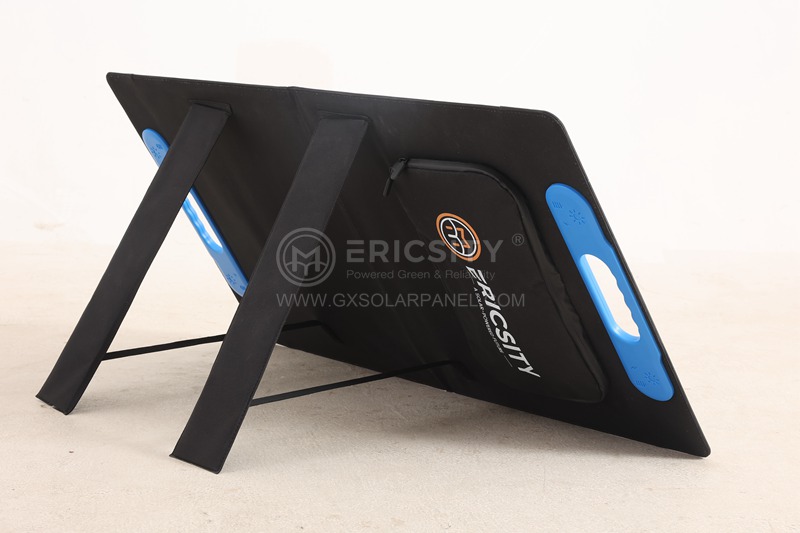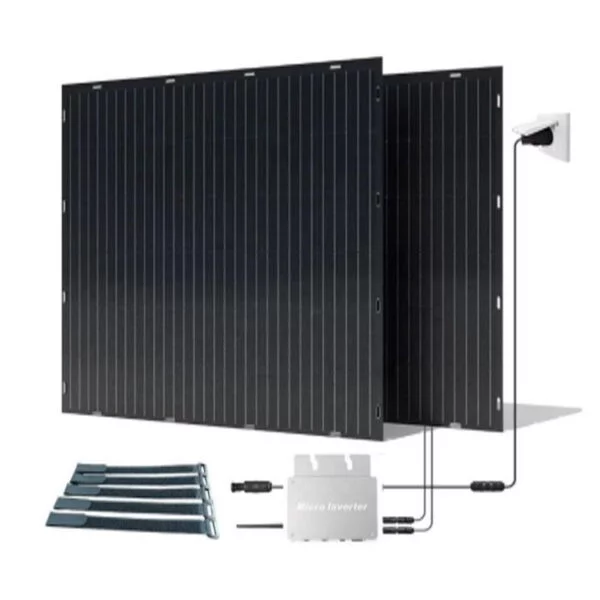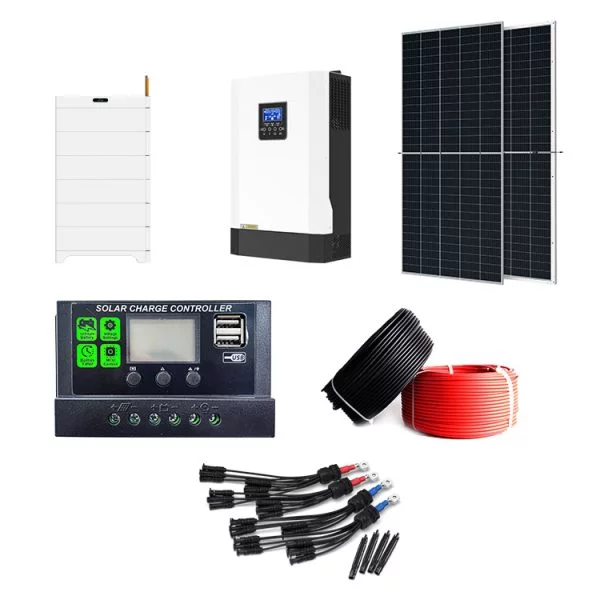HOT PRODUCT
Product Details
Semi-flexible Vs. Traditional Solar Kits: Which Is Right For Your Installation?
Semi-Flexible Vs. Traditional Solar Kits: Which Is Right For Your Installation?
Solar energy has become an increasingly popular and accessible form of renewable energy. As the technology advances, more households and businesses are considering installing solar panels. However, with the variety of options available, it can be challenging to determine which solar kit is best suited for your specific installation requirements. In this article, we will compare two widely-used types of solar kits: semi-flexible and traditional solar kits, and help you make an informed decision.
1. What are semi-flexible solar kits?
Semi-flexible solar kits consist of lightweight and flexible solar panels that can be curved or bent to fit different surfaces. These panels are usually made of thin-film photovoltaic cells, allowing them to be more pliable. Semi-flexible solar panels are typically lighter and thinner compared to their traditional counterparts, making them a popular choice for applications where weight and flexibility are crucial.
2. Advantages of semi-flexible solar kits:
a) Lightweight and flexible: Semi-flexible panels can be easily maneuvered to conform to irregular or curved surfaces, such as boats or recreational vehicles (RVs). Their flexibility makes them an excellent choice for portable installations.
b) Aesthetically pleasing: The sleek design and low-profile of semi-flexible panels blend well with the surface they are mounted on, providing a more visually appealing installation.
c) Durability: These panels are built to withstand harsh environments. They are often made with durable materials that can resist cracking, impact, and bending.
3. Disadvantages of semi-flexible solar kits:
a) Lower efficiency: As semi-flexible panels are made of thin-film technology, they typically have lower efficiency compared to traditional solar panels. This means that a larger surface area is required to generate the same amount of electricity, making them less suitable for installations with limited space or shading issues.
b) Limited size options: Semi-flexible panels are available in limited sizes and wattage options, which might not be suitable for larger installations that require higher power outputs.
4. What are traditional solar kits?
Traditional solar kits consist of rigid solar panels made of crystalline silicon cells, commonly known as monocrystalline or polycrystalline panels. These panels are sturdy, heavy, and have a standard rectangular shape. They are the most commonly used type of solar panels for residential and commercial installations.
5. Advantages of traditional solar kits:
a) Higher efficiency: Traditional solar panels generally have higher efficiency ratings, meaning they can produce more electricity per square foot compared to semi-flexible panels. This makes them suitable for installations with limited space or shading concerns.
b) Diverse sizing options: Traditional solar panels are available in a wide range of sizes and wattages, allowing for customization based on specific energy consumption requirements.
c) Longer lifespan: The rigid construction and design of these panels make them more durable and less prone to damage over time, resulting in a longer lifespan compared to semi-flexible panels.
6. Disadvantages of traditional solar kits:
a) Lack of flexibility: Traditional solar panels are rigid and cannot be bent or curved. This makes them less suitable for installations where surface conformity is essential, such as boats or RVs.
b) Bulky appearance: The standard rectangular shape and thicker profile of traditional panels may not be as visually appealing for some installations.



In conclusion, choosing between semi-flexible and traditional solar kits depends on your specific installation requirements and preferences. If flexibility, lightweight design, and aesthetics are key factors, semi-flexible solar panels may be the right choice. On the other hand, if efficiency, durability, and a wide range of size options are more important, traditional solar panels are likely the better option. Ultimately, seeking guidance from solar professionals and considering the unique needs of your installation will help you make an informed decision and select the most suitable solar kit for your project.




